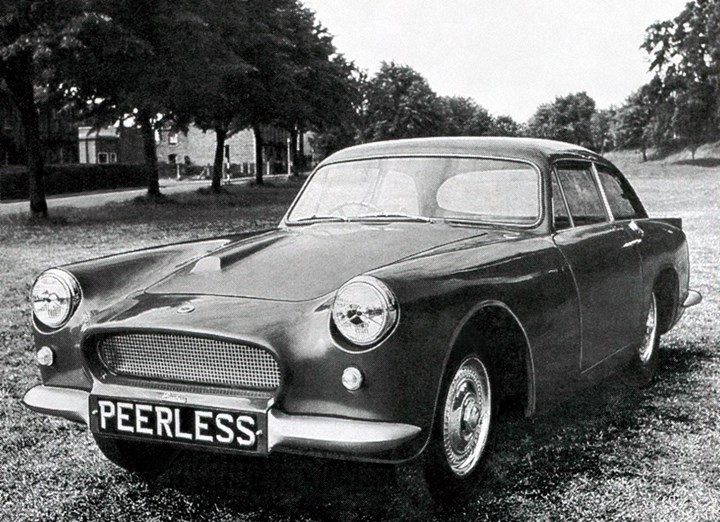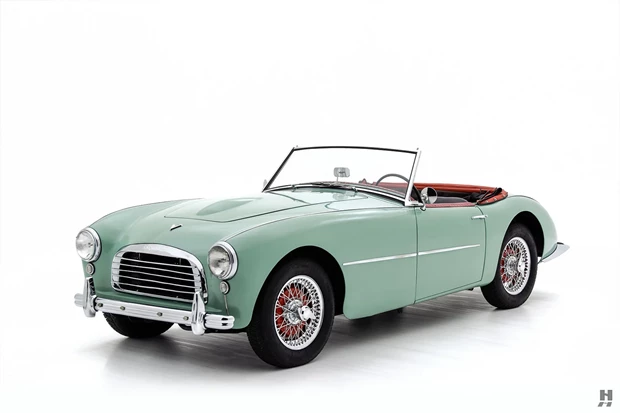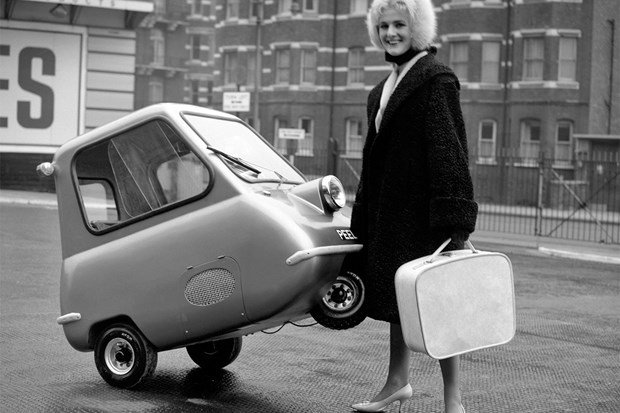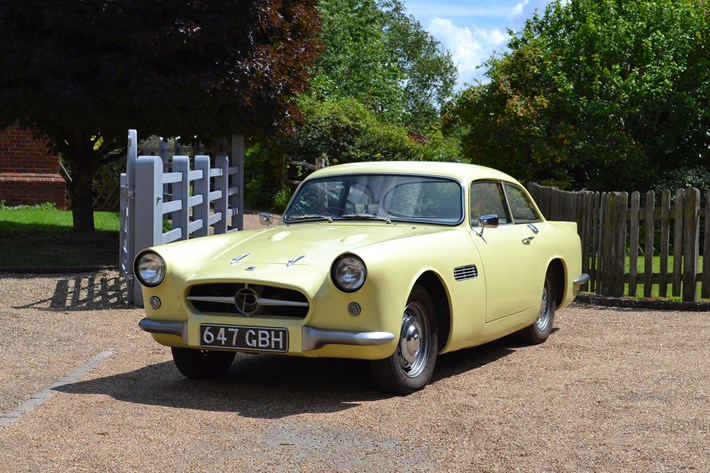
Like many British motor racing enthusiasts, James Byrnes dreamed of creating his own sports car. He did just that with Peerless, a brand that only produced cars for three short years.
In the British town of Slough, James Byrnes, a wealthy hotelier and racing driver in his spare time, dreams of building his own racing car. To make it happen, he calls on Bernie Rodger, a genius mechanic with a great reputation in the region, to design it.
Rodger designed a tubular chassis based on the running gear of a Triumph TR3, a popular model at the time. The whole thing was given an aluminium coupé body. Called the Warwick GT, the car proved to be a high performer, topping the 200 km/h mark - quite a feat in 1957! The car was presented to John Gordon, a friend of Rodger's and a Rolls-Royce dealer.
Seduced by the project, he decided to join forces and put his sales skills to good use. To meet with success, Gordon enlarged the car's interior to become a 2+2, and replaced the rear axle with a De Dion. A second prototype was presented at the Paris Motor Show and caught the eye of Triumph's management, who agreed to support the project.
To assemble the car, Rodger and Gordon bought the Jaguar dealership 'Peerless Motors' in Slough. This dealership owes its name to the recovery of American Peerless trucks after the First World War. As the name was still fondly remembered across the Atlantic, the two manufacturers decided to adopt it for their sports car.
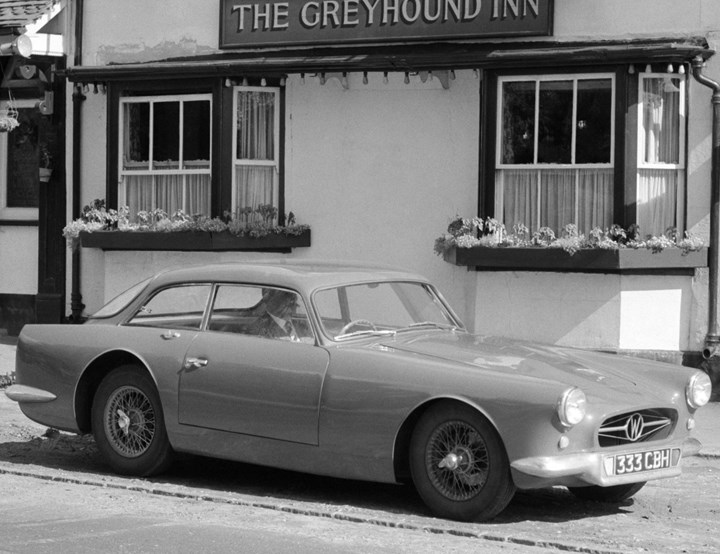
Noticed at Le Mans
Although many components were supplied by Triumph, the manufacture of the aluminium body was a problem, as sub-contracting was expensive and in-house production required too much investment. In the end, the solution came from the British Resin Products Company, based near Slough, which offered to build the body in fibreglass.
This is an inexpensive solution that has the advantage of speeding up production. Quite attractive, the Peerless GT was well finished and in 1958, one of the first cars produced won the 24 Hours of Le Mans, where it finished 16th. Obviously, this was excellent publicity for the brand, which also benefited from rather positive reviews in the specialist press. Although Rodger and Gordon had initially planned to produce 1,500 vehicles a year, production, which was very much a cottage industry, struggled to keep up, with only one Peerless GT being built every two days.
This is clearly not enough, and lead times are getting longer, while sales are going well. It has to be said that it is sold at a slightly higher price than the TR3. The British Resin Products Company had to produce a second mould, but the small company was overwhelmed. Peerless decided to change supplier.
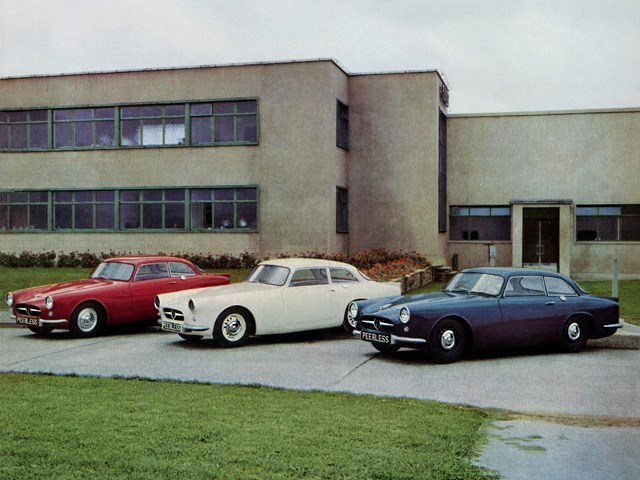
A new dynamic
While the first Peerless, of which 250 were produced, had a body made up of 57 fibreglass components that were riveted and glued together, the second Peerless evolved and became a monobloc, improving both its rigidity and its manufacturing process. The Peerless GT phase 2, recognisable by its few aesthetic changes, gave the brand the chance to finally honour its customers.
Unfortunately, the American firm Peerless went bankrupt and the British manufacturer was no longer allowed to use the name. In the United States, James Keeble was interested in the car, on condition that it had a Corvette engine instead of the 4-cylinder Triumph. Gordon broke away from Byrnes and joined forces with Keeble to produce the Gordon Keeble, a car based on the Peerless chassis, of which only around a hundred were produced.
Left out in the cold, Byrnes and Rodger decided to relaunch the venture and renamed the car the Warwick GT. Slightly redesigned and improved, only around forty examples of this sports car were produced until 1962. Despite the development of two (or three, depending on the source) Buick V8 prototypes for the American market, production was stopped for good.
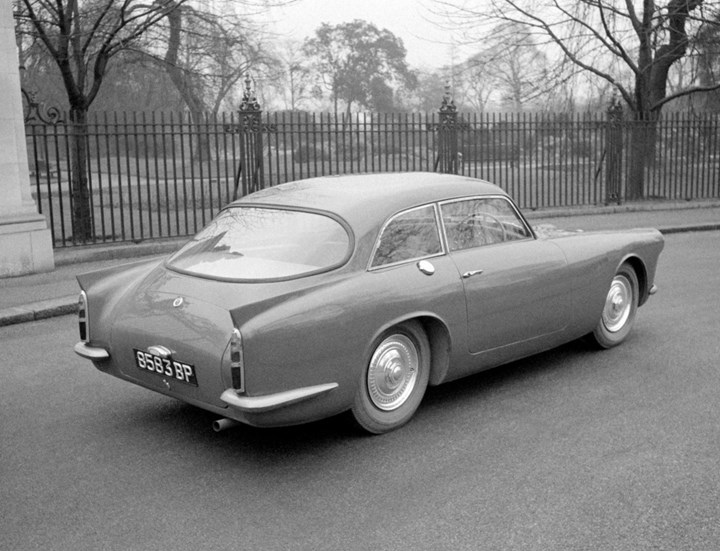
Not so rare!
Paradoxically, it's not difficult to find a Peerless for sale on the web, despite the fact that few cars were produced. As most of the mechanical parts are original Triumph, maintenance is not a problem. For more specific parts, it's obviously more complicated.
Fortunately, the brand's club, the Peerless & Warwick owners Register, has had body panels, acrylic windows, fittings and many other useful parts remanufactured. As for the car's value, expect to pay €65,000 for an example in perfect condition.
